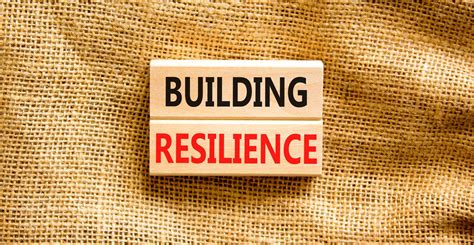Embracing the Inevitability of Setbacks
Life is a journey punctuated by challenges, and in the realms of personal fitness and financial well-being, setbacks are not just possibilities but certainties. Whether it’s an injury derailing your workout routine, an unexpected expense crippling your savings, or a market downturn impacting investments, everyone faces moments that test their resolve. The true differentiator isn’t whether you encounter these hurdles, but how you react to them. Building resilience is less about avoiding problems and more about cultivating a mindset that allows you to bounce back, often stronger than before.

The Power of Acceptance and Self-Compassion
The first step in building resilience is often the hardest: radical acceptance. Instead of dwelling on what went wrong or blaming yourself, acknowledge the reality of the situation without judgment. This doesn’t mean passively giving up; it means accepting the current state as a starting point for recovery. Coupled with acceptance is self-compassion. When a fitness goal is missed or a financial target is unmet, it’s easy to fall into a trap of self-criticism. However, treating yourself with the same kindness and understanding you would offer a friend facing similar difficulties is crucial. This gentle approach fosters a more constructive environment for problem-solving rather than a debilitating cycle of shame.
Cultivating a Growth Mindset
A cornerstone of resilience is the growth mindset, a concept popularized by psychologist Carol Dweck. Individuals with a growth mindset view challenges and failures not as evidence of their inadequacy, but as opportunities for learning and development. In fitness, an injury becomes a chance to learn about body mechanics, cross-training, or rest protocols. In finance, a poor investment decision transforms into a lesson in risk assessment or diversification. This perspective shifts the focus from ‘I failed’ to ‘What can I learn from this experience?’, fueling continuous improvement rather than stagnation.
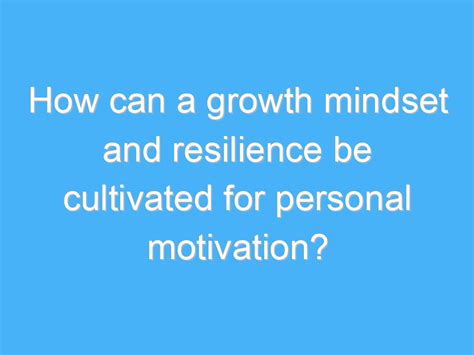
Focusing on What You Can Control
Setbacks often come with elements beyond our control – a sudden economic downturn, an unexpected medical emergency. A resilient mindset understands this distinction and consciously directs energy towards controllable factors. In fitness, while you can’t control an injury’s occurrence, you can control your rehabilitation efforts, nutrition, and mental fortitude. Financially, you might not control market fluctuations, but you can control your spending habits, saving rate, and investment strategy. This strategic focus empowers you, replacing feelings of helplessness with a sense of agency.
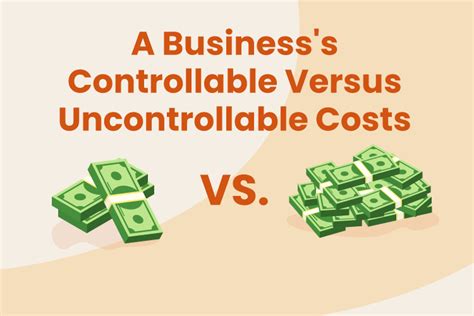
Embracing a Long-Term Perspective
Both fitness and financial success are marathon, not sprint. A resilient individual understands that a single setback, no matter how significant it feels in the moment, is just one chapter in a much longer story. Missing a few workouts doesn’t erase years of effort; a temporary financial dip doesn’t negate decades of prudent planning. By adopting a long-term perspective, setbacks can be reframed as minor detours rather than complete dead ends. This outlook helps maintain motivation and prevents impulsive, potentially damaging decisions driven by short-term panic.
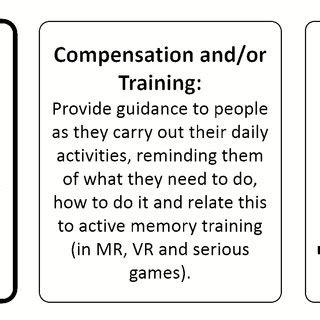
Action-Oriented Problem Solving
While introspection and mindset shifts are vital, resilience ultimately manifests through action. Once acceptance and learning have occurred, the next step is to formulate a plan. This involves breaking down the setback into manageable components, identifying specific steps for recovery, and taking consistent action. Whether it’s adjusting your fitness routine, seeking professional financial advice, or re-evaluating your budget, an active approach to problem-solving transforms adversity into a springboard for progress.
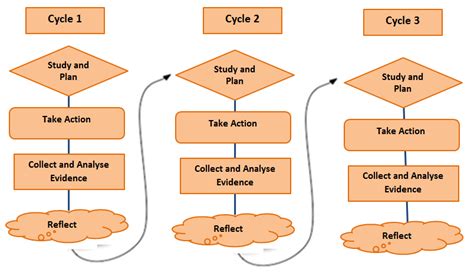
Conclusion: The Art of Bouncing Forward
Building resilience after fitness or finance setbacks isn’t about ignoring pain or pretending everything is fine. It’s about developing a robust internal framework – a specific mindset – that allows you to acknowledge difficulties, learn from them, and strategically move forward. By embracing acceptance, self-compassion, a growth mindset, focusing on what you can control, adopting a long-term view, and committing to action, you don’t just bounce back; you learn to bounce forward, emerging wiser, stronger, and more prepared for whatever challenges lie ahead.
